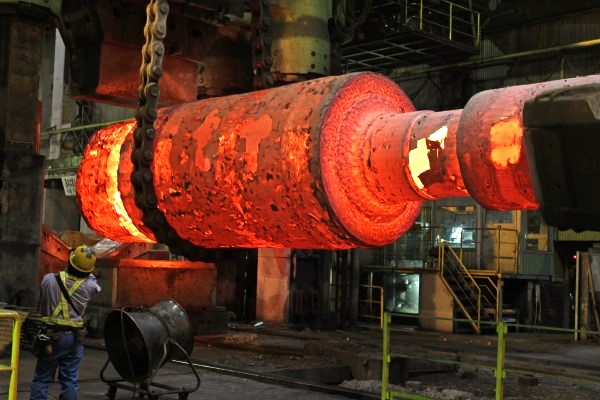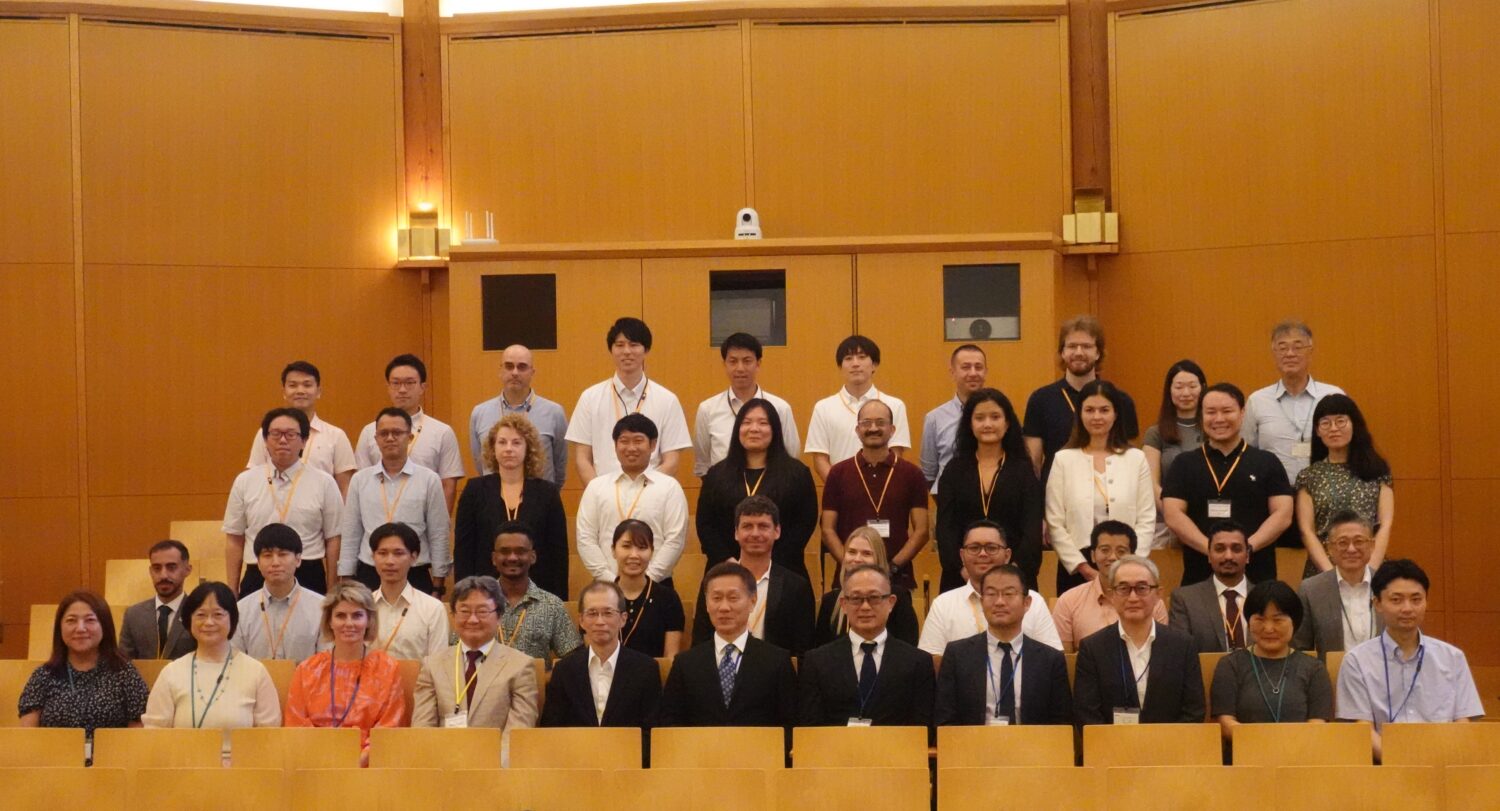The so-called reference scenario in the report predicts that seven nuclear power plants (NPPs) would be restarted in the current fiscal year (by the end of March 31, 2017), with another 19 in the next fiscal year (by the end of March 31, 2018). It also expects that the price of imported fuel would increase gradually through 2017. Under that scheme, the total generated electricity in FY17 is expected to reach 119.8TWh (up 42% from FY10).
Already four NPPs have been restarted in Japan, having cleared examinations under the new regulatory standards imposed by the Nuclear Regulation Authority (NRA): the Sendai-1 and -2, owned and operated by the Kyushu Electric Power Co., and the Takahama-3 and -4, owned and operated by the Kansai Electric Power Co. Applications for 22 more NPP restarts have been filed.
The outlook, however, considers the numerous uncertainties surrounding nuclear reactors, including judicial judgments and local agreements. In addition to the standard scenario, then, it also presents three scenarios for the restart of NPPs, evaluating each in terms of the “three E’s” of the economy, energy security and the environment.
In the so-called high restart case, which predicts that a total of 25 NPPs would be restarted in FY16 and FY17 (by March 31, 2018)—in contrast with the so-called low restart case, in which only 12 NPPs would be restarted—the total amount of imports of fossil fuels is expected to be reduced by JPY700 billion (USD6.7 billion at USD1=JPY105) in FY17. Also, the unit cost of electric power is expected to decrease by JPY600 (USD5.7) per MWh, while CO2 emissions are expected to be cut by 52 million tons. Those developments would push Japan’s GDP up by some 0.12 percent.
The report thus positively characterizes the effect of restarting the country’s idle NPPs, saying that it would “boost Japan’s economy by reducing the use of fossil fuel and the cost of electric power.”
The reference scenario and high restart case—when compared with the low restart case—reduce oil imports by 4.2 million kiloliters and 5.8 million kiloliters, respectively, and LNG imports by 8.8 million tons and 12.1 million tons, respectively. The report concludes that restarting NPPs could thus work to ease supply and demand pressures in the international market.
The report also looks at regional effects, citing the suspension of operations at Takahama-3 and -4 stemming from a judicial decision. For example, in an area with generated and purchased power of 100TWh, the suspension of a 1,000MW-class NPP for one year would increase fossil-fuel costs by JPY60 billion (USD57.1 million), and would push up the unit cost of electric power in the area to JPY400 (USD3.81) per MWh, about ten times the national baseline.
In addition to the three scenarios mentioned above—reference, high restart and low restart—which differ in terms of the pace of restarting NPPs, the report also presents an evaluation of the “best-mix” case for power-source composition, based on the government’s long-term energy supply and demand outlook.















